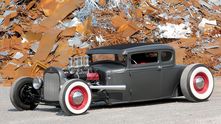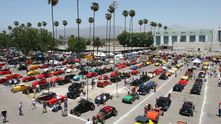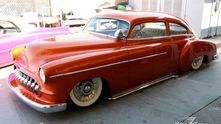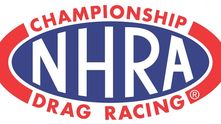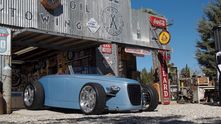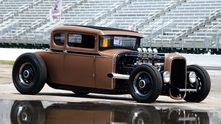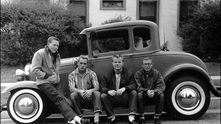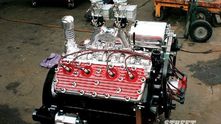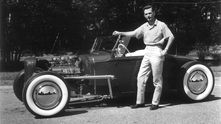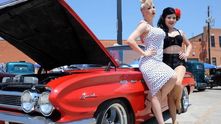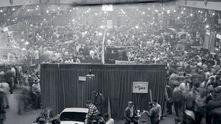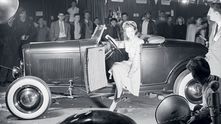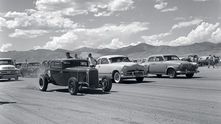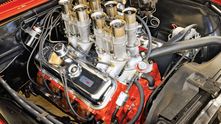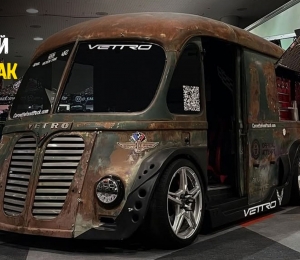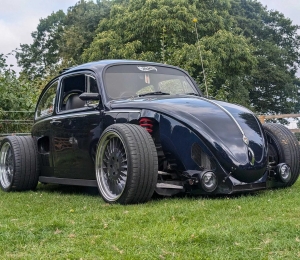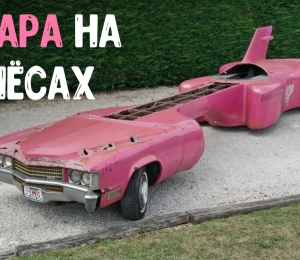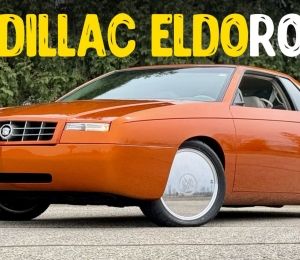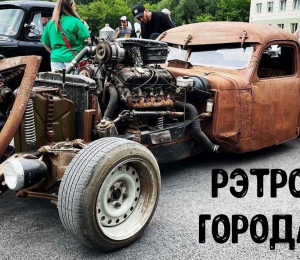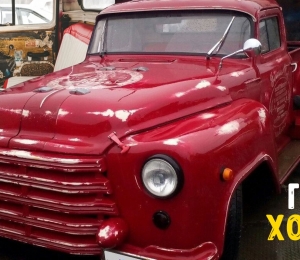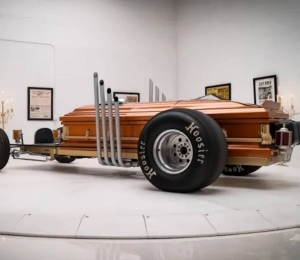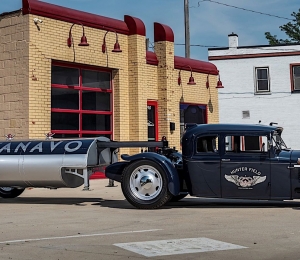The term hot rod became popular in the 1940s. But the first examples—called gow jobs or soup-ups—were built during the Depression by young enthusiasts, usually with little or no money, who were eager to tinker with what then was still a novel piece of machinery.
Many of those early hot rodders also wanted to show-up their wealthier cohorts; to prove to them that money wasnt the only way to gain automotive status. So, despite its emphasis on power and performance, a hot rod has also always been a social statement, having to do with self-reliance, ingenuity and ultimately independence. It is this added emotional resonance that separates hot rods from mere homebuilt racers, and gives them a deeper definition not addressed by dictionaries.
How it all began
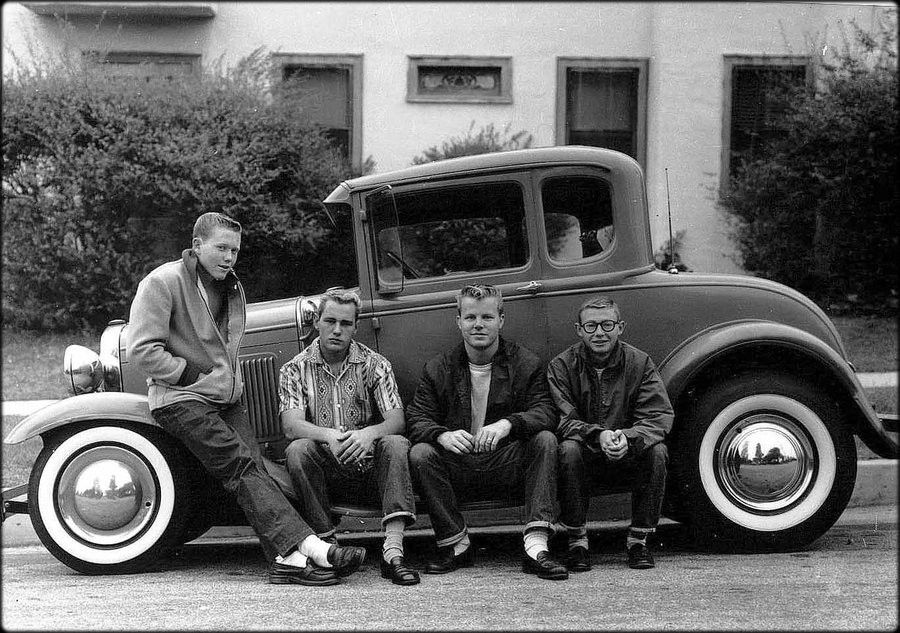
California, especially the dry lakes region in the southern part of the state, generally is regarded as the birthplace of hot rods. There a cult of backyard mechanics, working with junkyard parts, created streamlined, no-nonsense racing cars for competition against each other over straight-line courses laid out on the nearby desert salt flats. In those days nothing but open country lay between the flats and such small towns as Pasadena, Glendale and Burbank where hot rodding began; and since few rodders had more than one vehicle, it was essential that the cars used for racing could also be driven to the sites, as well as back and forth from home to work during the week.
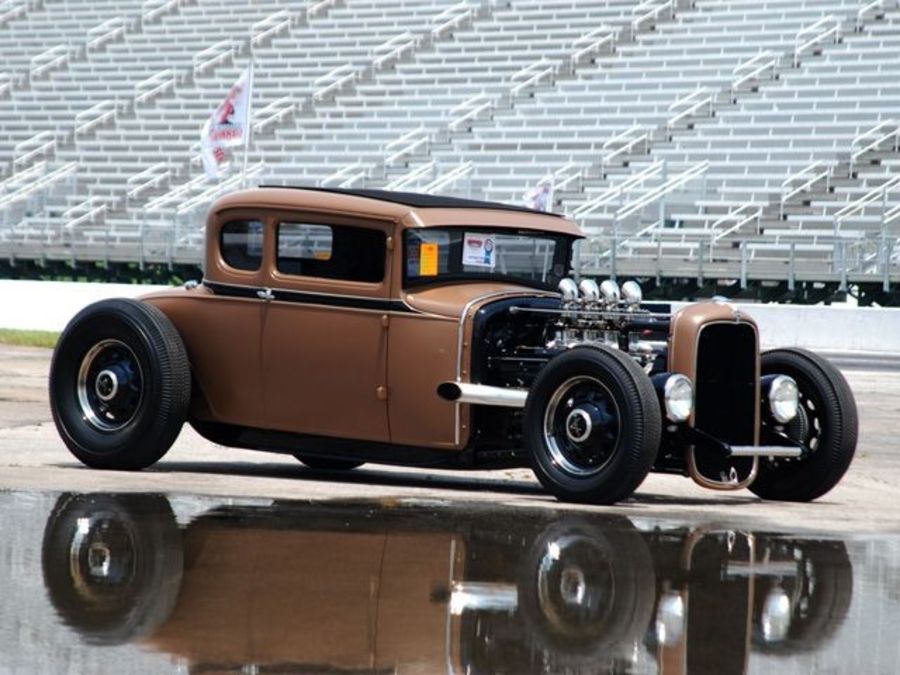
Most early hot rods were Ford Model T or Model A roadsters—cheap, plentiful, and lightweight, having no top and only a single seat. Standard procedure was to strip off all nonessential parts—fenders, running boards, ornaments, even the windshield—to achieve maximum weight reduction and aerodynamics. Eventually coupes and sedans joined the ranks. Typically, these heavier models underwent drastic surgery to chop their tops lower and slope, or rake, their windshields backward.
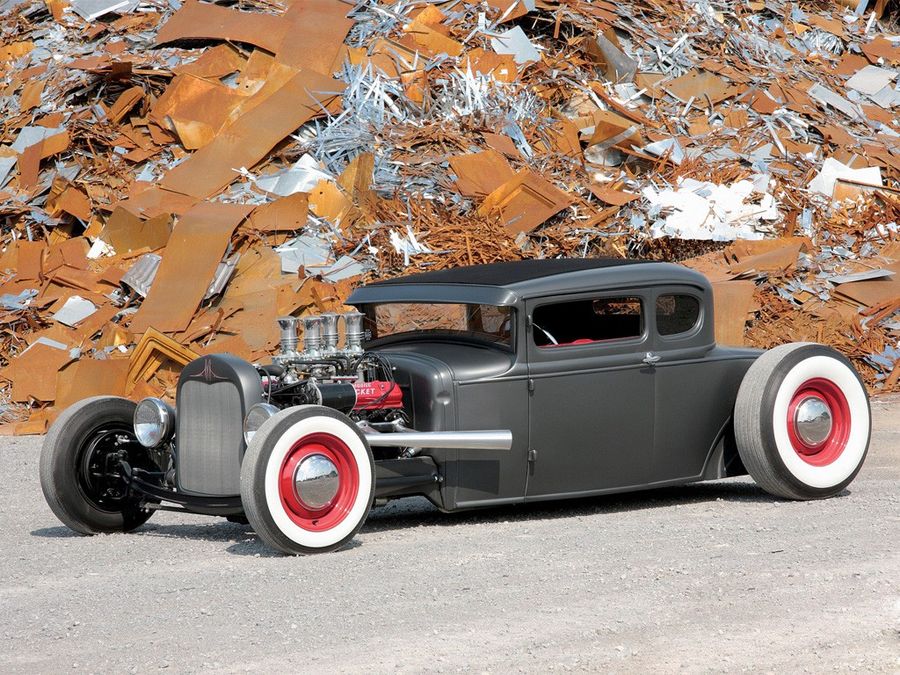
Large rear tires were installed on all hot rods to raise the gear ratio for high speed, while standard-size or smaller tires left on the front helped lower the car and rake it forward to decrease wind resistance. Rows of slots, called louvers, were cut into the hood, body, and rear deck lid for engine cooling and to release trapped air. Sometimes flat aluminum discs were fitted over the wheel hubs for further streamlining.
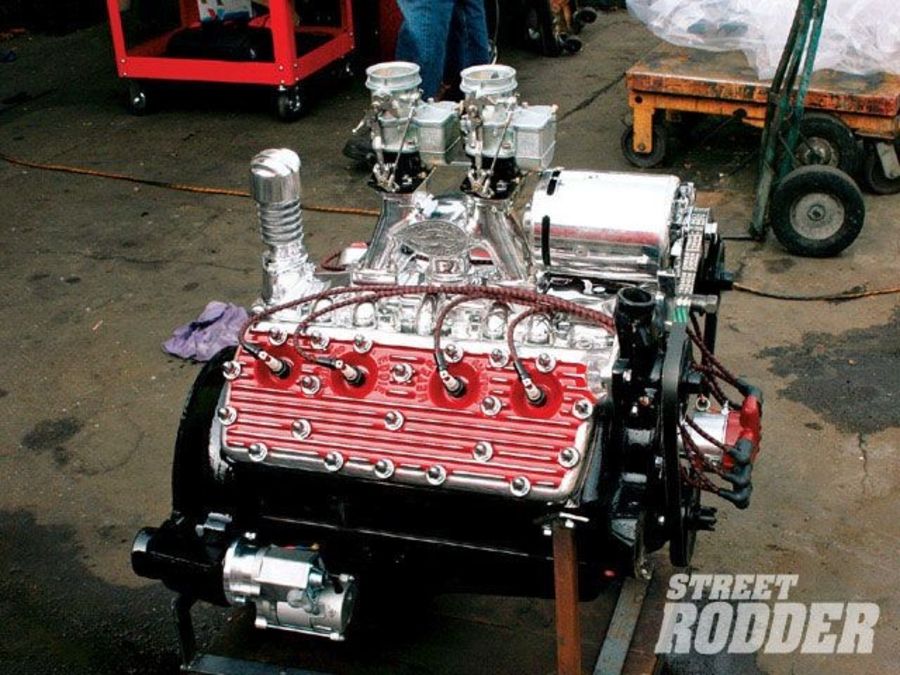
Ford flathead V8 engines were the power plants of choice after their introduction in 1932. Mass-produced in the millions, they too were cheap and plentiful, and their design permitted relatively easy—and nearly limitless—performance enhancements. Developing 85 horsepower in stock configuration, the earliest modifications usually consisted of removing the muffler, straightening the exhaust pipes and adding multiple carburetors. The results more than doubled the original punch, producing an engine that often could propel a soup-up at better than 100 miles an hour over a lakebed course.
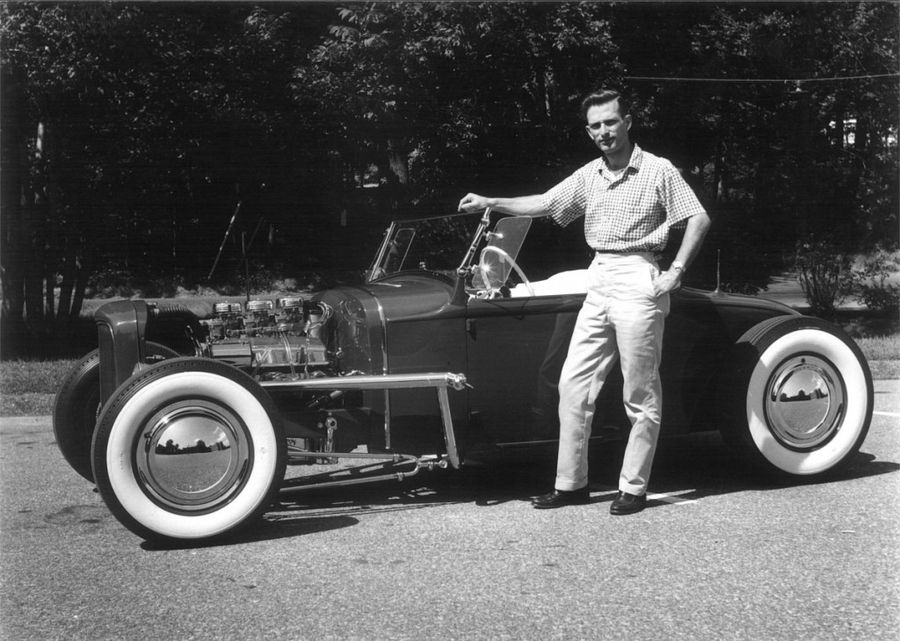
Hot roddings golden era
World War II put an end to early hot rodding but not to the hot-rod craze. Indeed, California servicemen leaving their dry lakes roadsters and chopped coupes behind on blocks or in the dubious care of younger brothers took pictures of their cars with them and spread tales of their exploits wherever they went to whoever would listen—mostly young, male servicemen like themselves from every area of the country. When the war ended, in 1945, hot rodding exploded into the public consciousness, becoming one of the strongest fads of new postwar America.
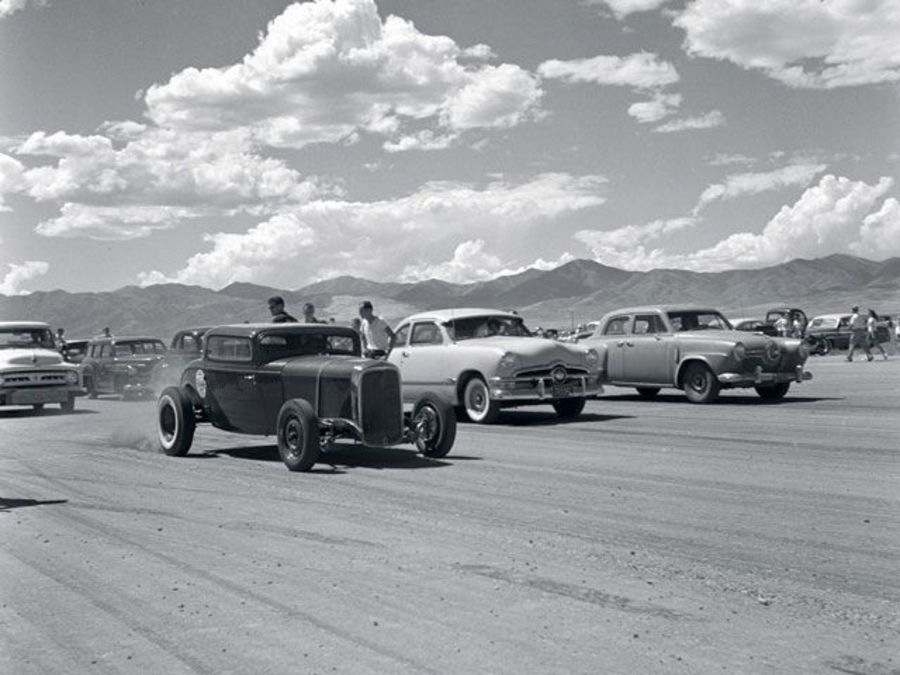
With money in their pockets, mechanical and metalworking skills gained in the military and burning desire to build dream cars, hundreds of hot rodders and fans now flocked to the dry lakes races in southern California. Elsewhere in the state and across the country dangerous—often fatal—street racing caught on, and with it the practice by many youthful hot rodders of gathering at local hangouts and cruising up and down avenues at night, showing off their cars—and themselves. Hot-rod activities became an easy target for public attention that focused increasingly on what were perceived as frightening new national problems: juvenile delinquency and teenage gangs. Along with rock and roll, hot rods and hot rodding became symbols for the darker side of American youth.
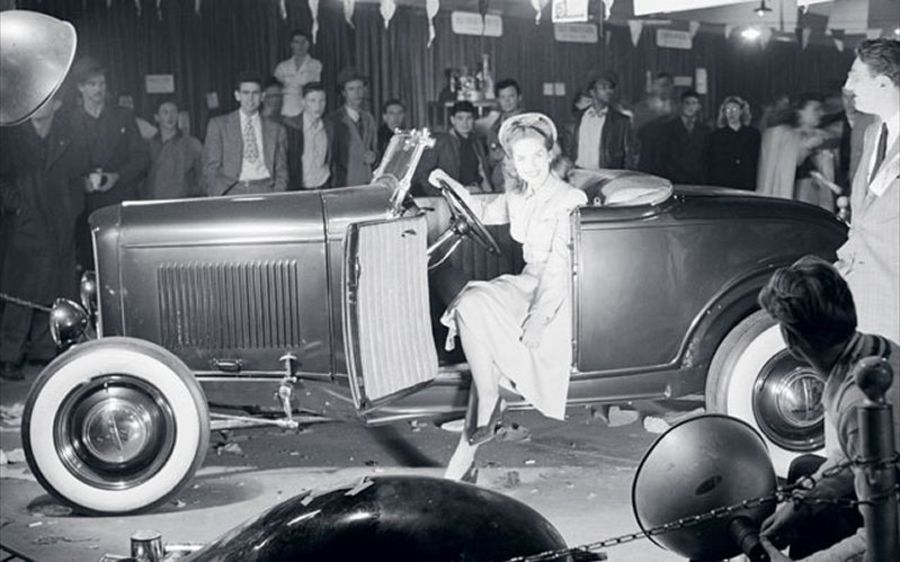
Of course the result was soaring popularity for these phenomena, at least among young people. In an effort to reverse hot roddings negative connotations, the first Hot Rod Exhibition was held in January, 1948, at the National Guard Armory in Los Angeles. Emphasizing positive qualities like craftsmanship, engineering and safety, the show was attended by some 10,000 spectators. Two years later, Robert E. Petersens newly-formed Hot Rod magazine, whose first issues were sold on the steps of the Exhibition, boasted a circulation of 300,000.
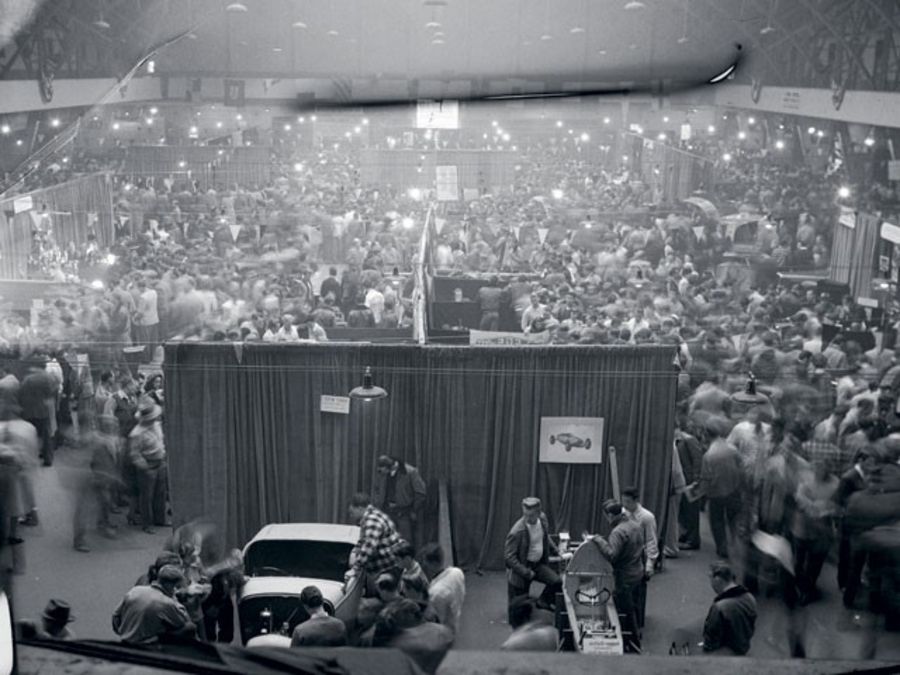
Enthusiast magazines like Hot Rod and organizations like the Southern California Timing Association (SCTA), founded in 1938, and the National Hot Rod Association (NHRA), founded in 1951, led in defusing the image of hot rodding as a national menace by fostering civic-mindedness and cooperation between hot rodders and police, and by creating organized straight-line courses—called drag strips—to replace clandestine street racing. Many enthusiasts turned to building cars exclusively for drag racing. Others continued to build so-called street rods—hopped up cars that could be raced (illegally) at traffic lights but that usually served chiefly as stylish transportation—and still others broke new ground by modifying cars primarily for looks rather than performance.
The new appearance-oriented cars were called customs. Like early hot rods, they evolved from lower-priced production automobiles—Fords, Chevrolets, Mercurys—but unlike the soup-ups they were relatively late-model cars, and seldom came from junkyards.
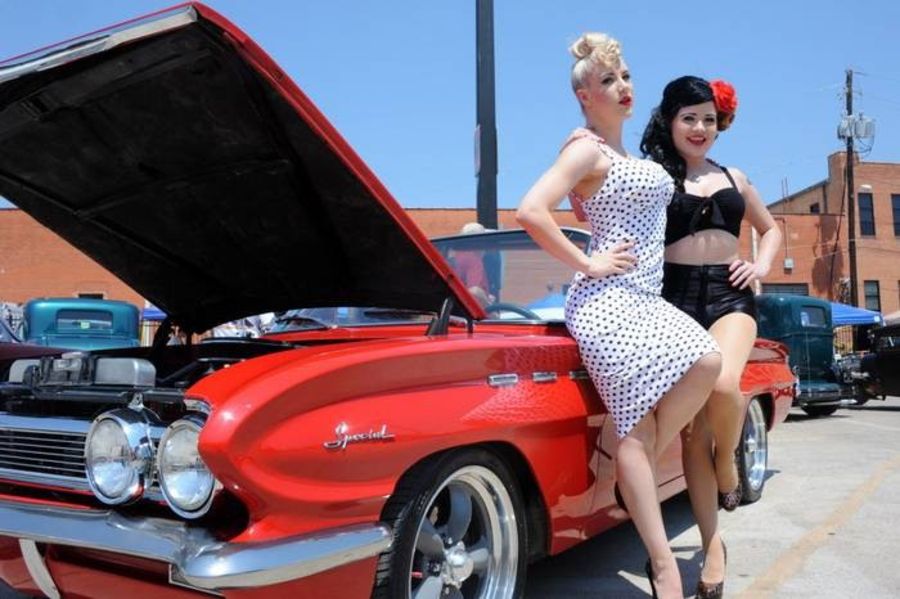
Customizing did for bodywork what hot rodding did for engine performance. Favorite techniques involved severe top-chopping, lowering, or channeling, the entire frame to within inches of the ground (raking the front end forward was out for early customizers; if a car was tilted at all, the direction of slope was toward the rear), seams were filled, or frenched, to smooth them, and streamlined fender panels called skirts were added to cover the rear wheel openings. Chromed parts were much in abundance, from spare wheel covers—called continental kits—to side-mounted exhaust pipes, called lakers or simply lakes, and no expense was spared on fancy paintwork. As the era progressed, details like pinstriping, scallops and flames were brought to the level of high art, and custom cars became striking—and still to some people disturbing—expressions of individuality.
But by the end of the middle 1950s, competition both in hot rodding and customizing had grown so fierce that top cars seldom saw daylight except at the drag strip or in the exhibition hall. Despite its icon status among youth (which would last about another five years) hot-rodding activities around this time began to wane in popularity among average car buffs. Once again these enthusiasts found themselves financially disadvantaged; and junkyard parts could no longer fill the bill.
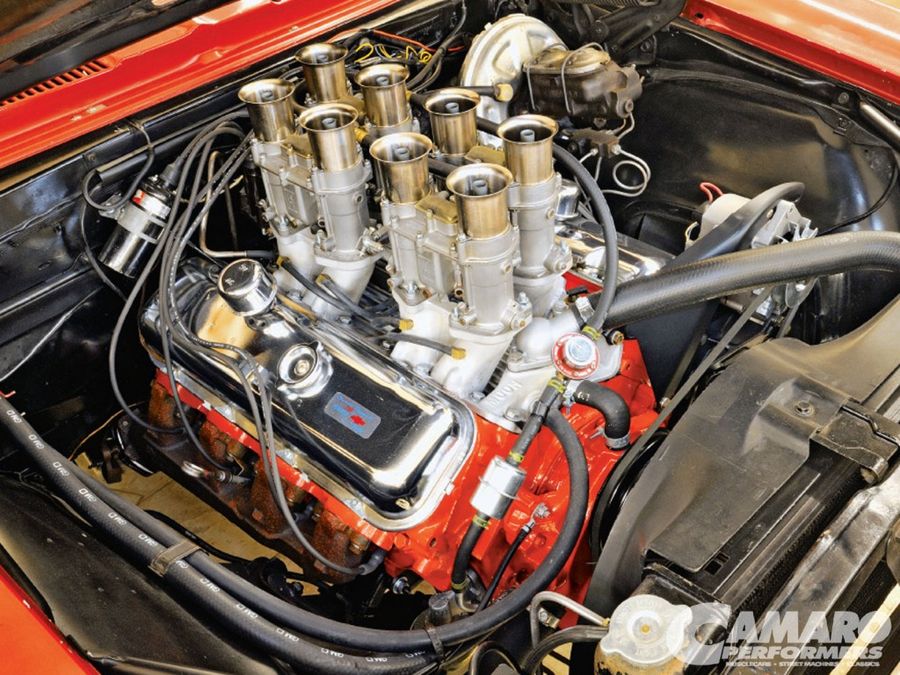
The 1960s saw the advent of muscle cars, Detroit's bid at performance hot rodding in the form of plain-looking automobiles stuffed with huge-displacement engines like the Chevy 396, 409 and 427; the Ford 390 and 427; and the Chrysler 440 and 426 hemi, so-nicknamed for its racing-engineered hemispherical combustion chambers. Later in the decade came smaller pony cars—Mustangs and Camaros—which arrived only to face the challenges of the early 70s gas shortages when the doubling of prices at the pump opened the door to a wave of upstart econoboxes (and Volkswagen bugs) from Japan and Europe. The primacy of the V8 ended then, and the golden era of traditional hot rodding and customizing was over. But was the pastime really dead?
Hot rodding, part two
By the 1980s the fire that had been amateur hot rodding had indeed died, but the flame had not gone out. Two core groups—one charmed by nostalgia for the past and the other charged with the rebellious creativity of youth and the independent spirit of the disenfranchised—kept the spark alive. Thanks to them, hot rodding and customizing (albeit in a 90s guise) survives today and even flourishes.
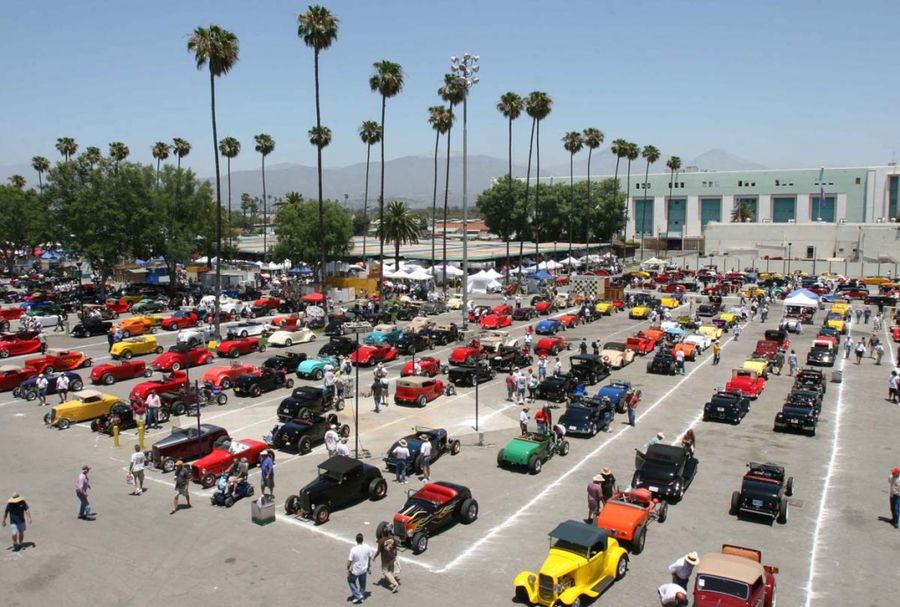
California, naturally enough, was the site of the resurgence. In the nostalgia camp were two small car clubs, the Los Angeles Roadsters and the Bay Area Roadsters, who began a tradition of long-distance cruising en masse along the states highways in their otherwise languishing chromed show cars, mostly stylized reworkings of 20s, 30s, and 40s open-top single-seaters. These cruises, which began in the 1970s, were popularized in car magazines as rod runs and as the trend continued they spread to other states and took on trappings of large-scale family picnics complete with concession stands, portable toilets and sometimes carnival rides augmenting the show-car competitions and swap meets that were the heart of the events.
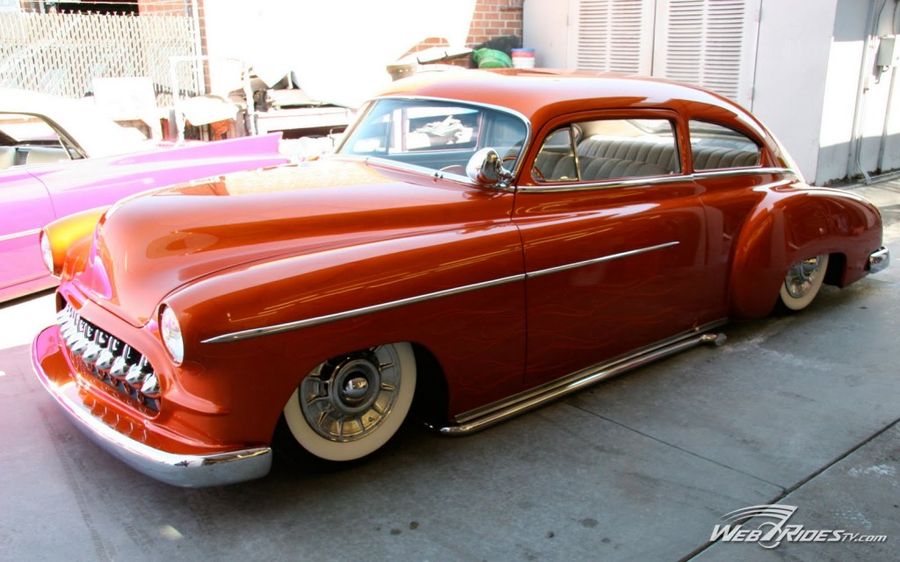
In the other camp were young men from southern Californias Chicano culture, whose bent was refining the craft of customizing to produce probably the most singular of its iterations, the lowrider. Initially limited chiefly to 1963 and 1964 Chevrolet Impala models, lowriders reflected an epitome of ritualized—even symbolic—showiness that included meticulous candy paint jobs, delicately air-brushed murals, crushed velvet upholstery, and tiny, thin whitewall tires mounted on deep-dish chrome or gold-plated wire wheel rims. Their name derived from their unique component: hydraulic suspensions that could lift and lower the car or rake it forward and back instantly—even make it appear to hop—at the touch of a control by the driver.
Creating lowriders still is virtually the exclusive province of Latino customizers operating within strict, trend-dictated design parameters. There is no doubt that the existence of these cars has brought increased recognition and added new creative spirit to customizing in general, and especially to the more extreme examples of ultra-customizing that appear at contemporary exhibitions.
What now?
Today hot rodding in all its faces is both popular and big business. What began as a way to achieve results without money has become a way to spend it, and a way for marketers of every stripe to accumulate it, sometimes in vast amounts. The National Hot Rod Association has turned drag racing into a nationwide spectator sport generating millions of dollars annually from events, television coverage, and advertising. Robert E. Petersen spun off Hot Rod (which still exists) to form Petersen Publications, an automotive magazine empire. Rod runs frequently attract thousands of participants to single events, which are often held over three-day weekends at regional fairgrounds, campgrounds, and other public arenas.
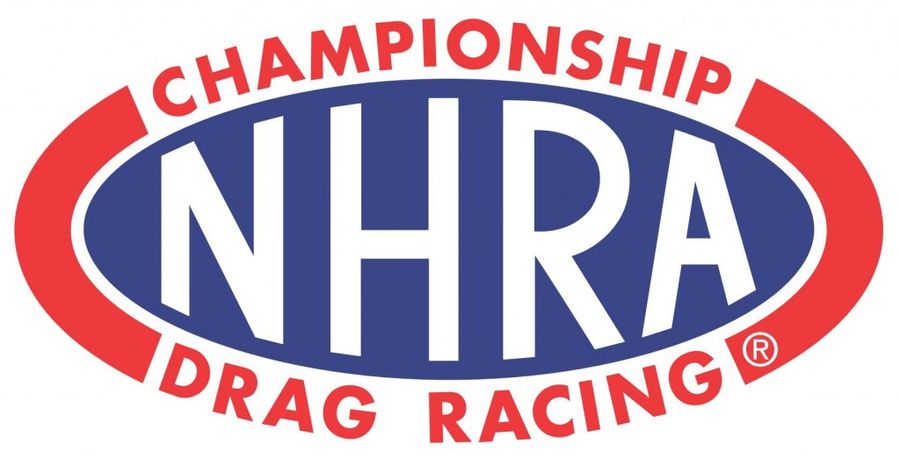
Speed and custom parts industries thrive, producing every kind of hot-rodding and customizing component conceivable, with new products arriving regularly. These days, it is possible to build complete automobiles using newly-made reproduction parts, including frames, body panels and engine blocks. If you are wealthy enough, you can even commission a designer-built, one-of-a-kind hot rod or custom ready to capture first honors at any show or take you joyriding down your very own boulevard of dreams.
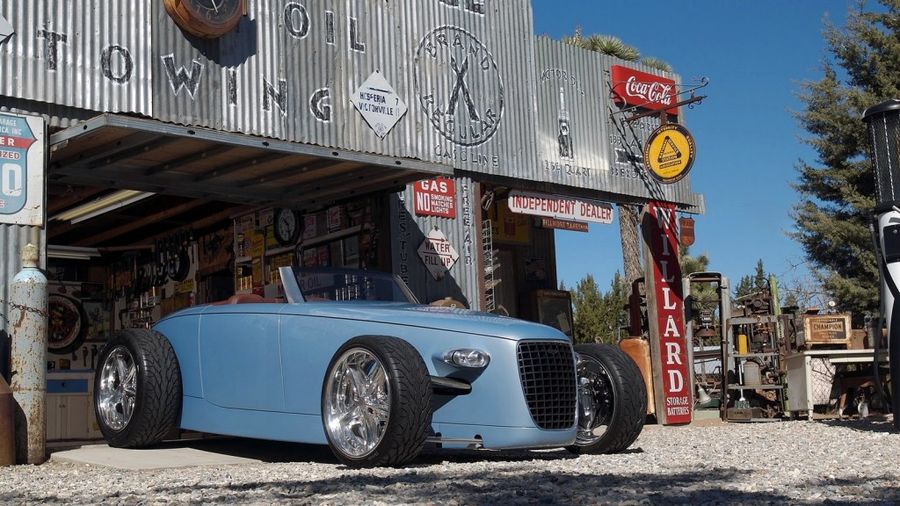
Clearly, one might argue that hot rodding is making a bid for mainstream acceptance, especially with the arrival of the Plymouth Prowler, Panoz AVI and hot-selling Chrysler PT Cruiser. However, from all appearances hot rods seem to be retaining at least some of their outlaw charm, not just for the young but for the young at heart. And they probably always will, thanks to those deeper elements of their definition, the ones the dictionary leaves out.









